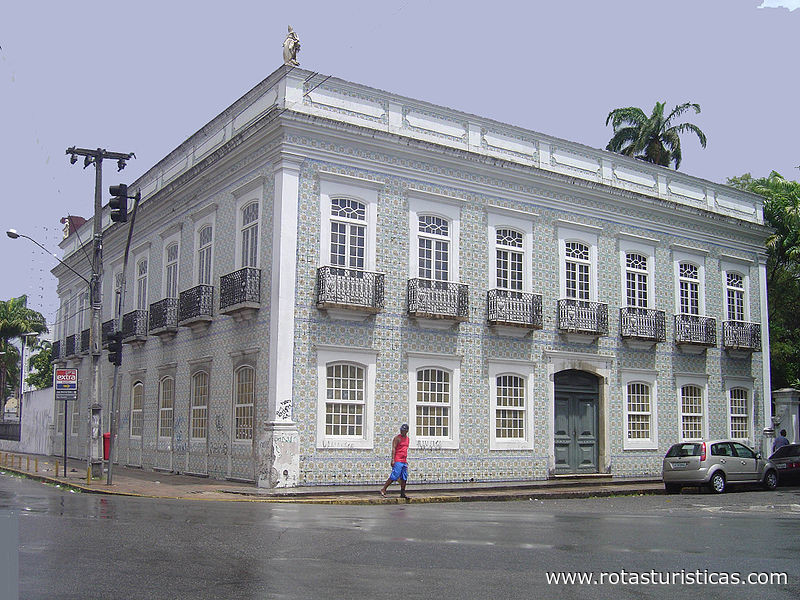Recife, Pernambuco, Brazil
Suggest Place to Visit
857
Track to location with GPS |
 |
The Abolition Museum - Reference Center for Afro-Brazilian Culture - is a Brazilian museum located in Recife, state of Pernambuco, linked to the Brazilian Institute of Museums - IBRAM and the Ministry of Culture. It is one of the rare museums in Brazil to contemplate this part of history and its actions are guided by the principles of the new museology and sociomuseology.
In a part of the land league in Capibaribe, donated by donator Duarte Coelho to his brother-in-law Jerônimo de Albuquerque, was built by the gentleman Pedro Duro, married to Madalena Gonçalves, in the 17th century, a sugar mill located on the bank of one of the access to the interior of the Captaincy of Pernambuco, which followed the Royal Road through a passage of the Capibaribe River, called Madalena Passage, referring to the name of the owner of this mill, considered one of the most important in the region. It was sold successively to several owners, who kept it working as a mill. During the Dutch invasions, it was transformed into a fortified resort for resistance to the invaders, being the scene of struggles for the Pernambuco restoration. In the nineteenth century, he belonged to the Baron of Goiana, uncle and father-in-law of the Councilor of the Empire, Senator, Minister and Chief of the Imperial Cabinet, João Alfredo Corrêa de Oliveira, who received him as an inheritance. João Alfredo, as well as Joaquim Nabuco and others, was an abolitionist who fought for the end of the Slavery System, signing, along with Princess Isabel, the Golden Law. A prominent building, in the Madalena neighborhood, which was forming with the new sites and mansions of wealthy families, in the second half of the nineteenth century received a major restoration work, adapting to the neoclassical style of the time. Tile cladding, flag frames, wrought iron balconies and architectural modifications gave it the current setting, becoming known as the Sobrado Grande da Madalena. In the twentieth century it was abandoned and in very poor condition, having been used over time by the João Alfredo Transport Cooperative and the Pernambucana Autoviária Ltda Company as a garage and bus repair shop. Many homeless families also lived in the property and, during the period of World War II, was occupied by a Brazilian Army unit.
In the 1950s, Professor Martiniano Fernandes elaborated and sent to the Federal Senate, through Senator Joaquim Pires, Bill No. 39 of 14.05.1954, to create the Abolition Museum, based in Recife, in honor of the Councilor João Alfredo and the abolitionist Joaquim Nabuco. In his bill, the teacher mentions that
Cquote1.svg request the opening of credit required for the acquisition of the building where the Councilor João Alfredo, known as Palacete da Madalena, resided, to make adaptations and the installation of the headquarters of the Abolition Museum. Cquote2.svg
Then, on December 22, 1957, the Abolition Museum was created, through Federal Law No. 3357, with its headquarters in Recife, in honor of João Alfredo and Joaquim Nabuco. The Recife City Council approved in 1960 the Bill No. 103, which determines as public utility the expropriation of the Sobrado Grande da Madalena, so that the Abolition Museum can be installed there.
With the expropriation effected through the Municipal Decree No. 4514 of December 30, 1961 and sanctioned by Mayor Miguel Arraes de Alencar, for the installation of the said Museum, it was determined that it would be maintained by the then 1st District DPHAN (Directorate of Heritage). Historical and Artistic). As well as the expenses for such expropriation and restoration would be borne by the Federal Government.
On November 28, 1966, the Sobrado Grande da Madalena is recognized and listed by DPHAN as a National Heritage and inscribed in the Historical Book of Tombo, volume 1, folio 63, inscription 389. The restoration works of the property took several years due to its lousy condition, the scale of the works and the size of the building. They were started in 1968, extending until 1975, when the 1st District of DPHAN is located there.
In September 1982, a Working Group was set up with the specific task of preparing a project, executing and implementing the Abolition Museum, which was inaugurated on May 13, 1983, and the corresponding Ordinance was published only on December 12, 1983. April 1983. The Working Group was composed by Alair Barros, Olímpio Serra, Regina Timbó, Raul Lody and Roberto Motta.
As the time to set up the exhibition was short, the group drew up a first proposal, to effect the inauguration of the Museum and a second long-term proposal, to give the conditions of operation and development of its functions and attributions, as well as the complementation of the assembly of the technical and administrative sections necessary for the operation of the MAB. For the inaugural exhibition of MAB, consultations were made through correspondence to various personalities and institutions related to the Afro-Brazilian theme, asking for suggestions and subsidies for the definition of the Abolition Museum. In all, there were approximately 200 letters sent, and just over 20 replies.
In the face of all this, on May 13, 1983, the Abolition Museum was officially inaugurated, with the temporary exhibition, “The Abolitionist Process Through the Official Texts”, which occupied 12 rooms of the upper floor and the main entrance hall of the building, most of the collections exposed, loaned from other cultural institutions or under Lending.
1st closing of the Abolition Museum
The exhibition “The Abolitionist Process Through the Official Texts” remained mounted until 1990, when the Museum was closed to visitation as a result of the Administrative Reform, imposed by the Government of Fernando Collor, which extinguished the budget line for the maintenance of the Museum. of Abolition. Therefore, the MAB is without security conditions and attendance to the public, having to be closed.
After 6 years closed to the public, in 1996 the Abolition Museum reopens its doors, but now with a much smaller collection (much has been returned to the institutions of origin), and with its considerably reduced physical space, as a result of the 5th SR IPHAN-PE occupied the upper floor of the Sobrado Grande da Madalena. At that time, MAB had only one permanent exhibition hall called “Memorial”, two temporary exhibition halls for historic and contemporary African-Brazilian expressions, a mini auditorium and a boardroom, all of which are located on the ground floor of the house. In addition, the staff consisted of two technicians, IPHAN staff, a service provider and an intern.
As a result of the intense mobilization begun in 2005, in January 2010 the 5th Regional Superintendence of IPHAN vacates the building and finally the Abolition Museum conquers the full space of the Sobrado Grande da Madalena.
Comments
We don´t have yet any comments about:
Abolition Museum
Abolition Museum
Be the first to leave a comment as it is very important to inform other people
Outros locais a visitar
Within a radius of 20 km from:Abolition Museum
Musée universitaire fédéral |
| 0,7 Km |
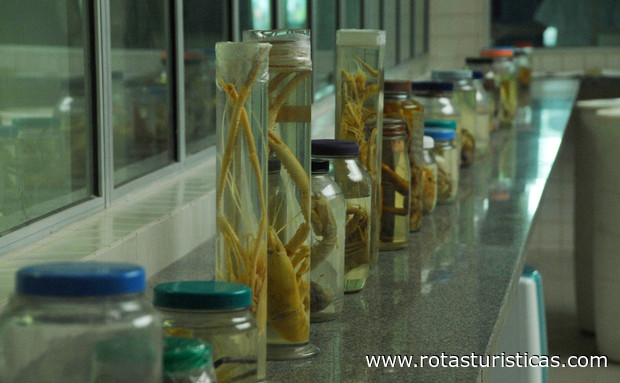 |
Musée Joaquim Cardoso |
| 0,9 Km |
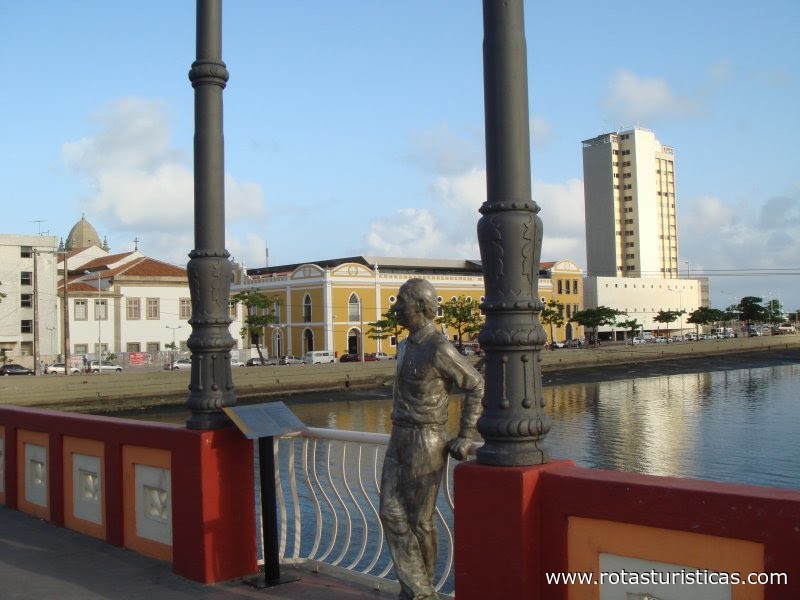 |
Musée du bataillon Mathias de Albuquerque |
| 0,9 Km |
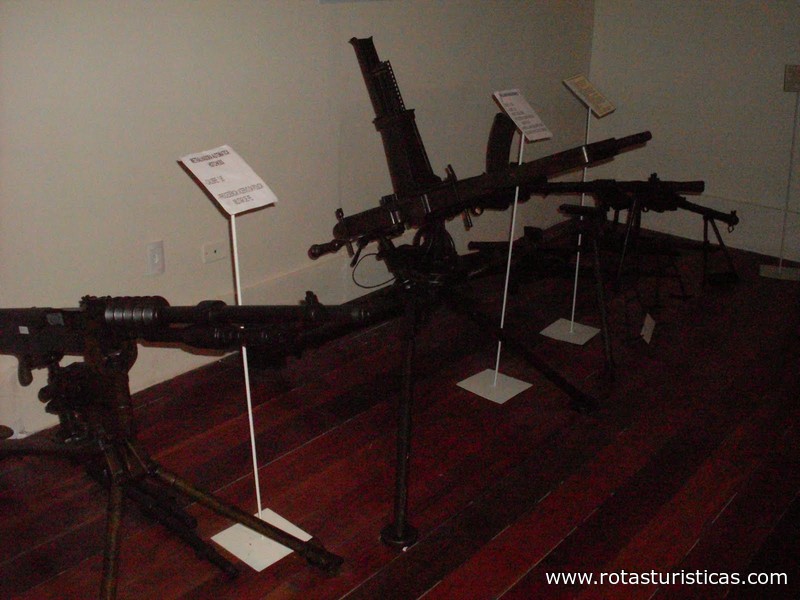 |
Centre Culturel Benfica |
| 0,9 Km |
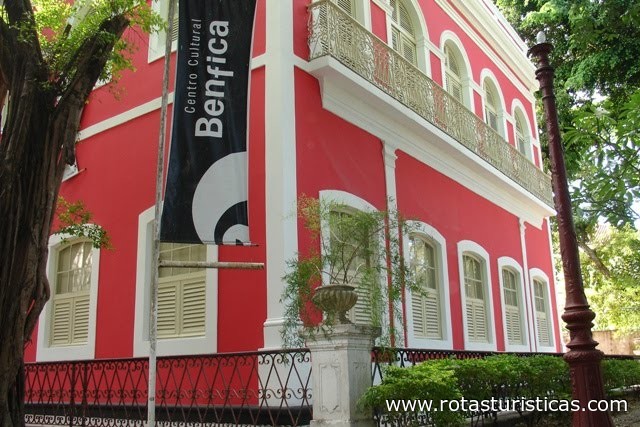 |
Réserve technique João Câmara |
| 1,0 Km |
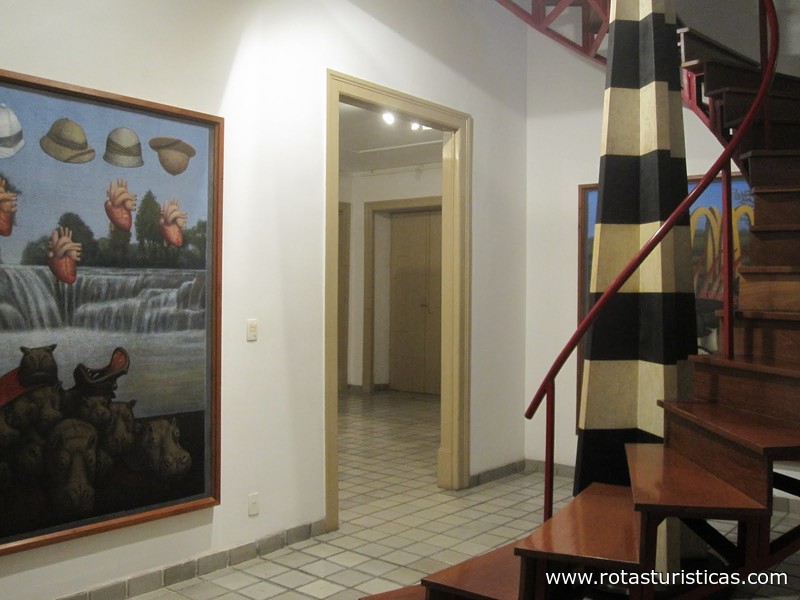 |
Musée national de Pernambouc (Recife) |
| 1,4 Km |
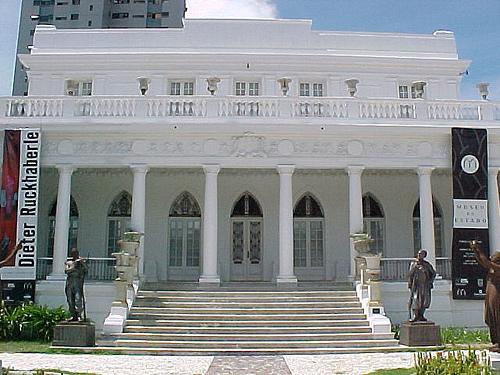 |
Musée Murillo la Greca |
| 2,2 Km |
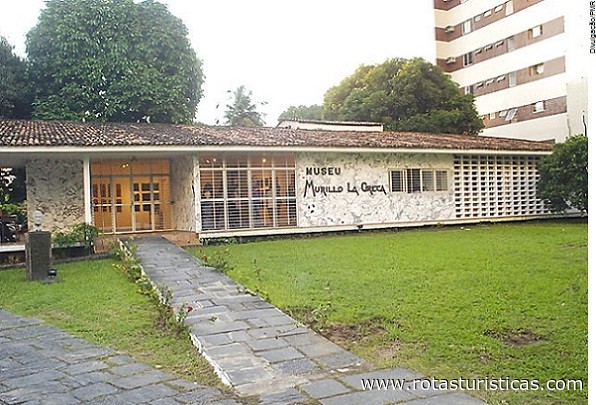 |
Institut archéologique, historique et géographique de Pernambouc |
| 2,8 Km |
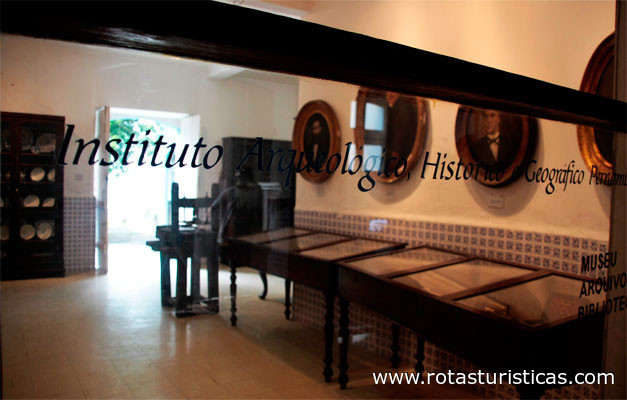 |
Musée archéologique Pernambucano |
| 2,8 Km |
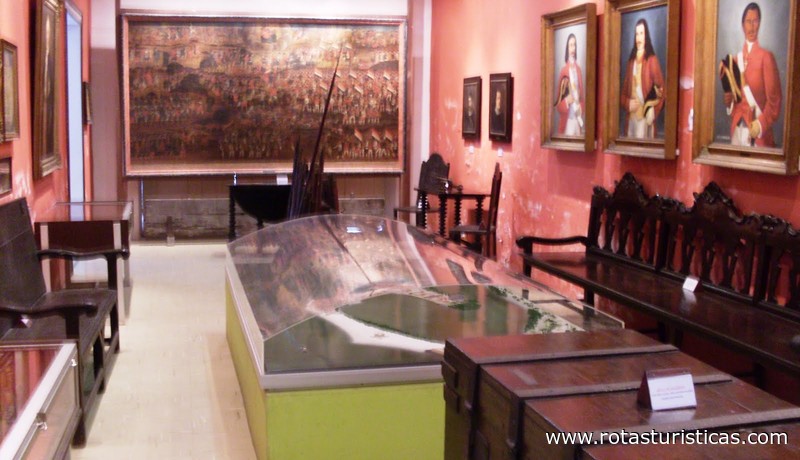 |
Musée du train |
| 3,1 Km |
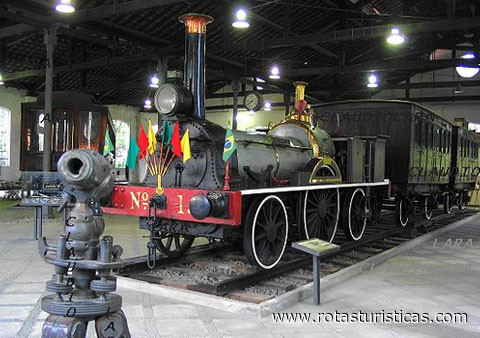 |
Musée d'Art Moderne Aluísio Magalhães |
| 3,1 Km |
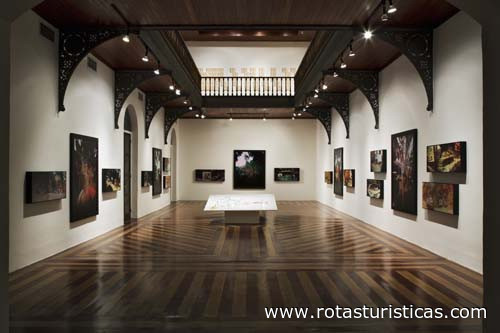 |
Route Aurora (Recife) |
| 3,1 Km |
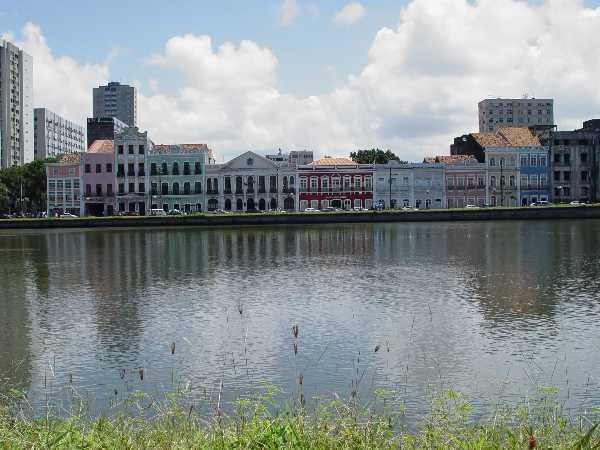 |
Théâtre de Santa Isabel (Recife) |
| 3,4 Km |
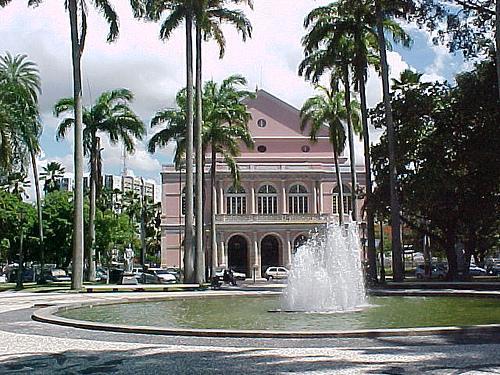 |
Coin Espace Culturel |
| 3,4 Km |
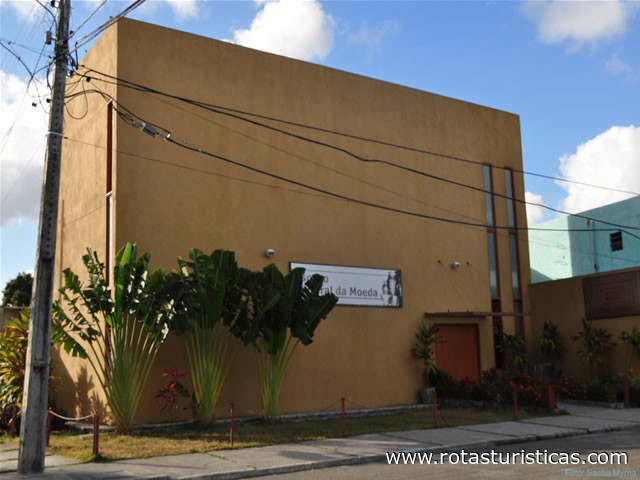 |
Musée d'Art Populaire |
| 3,5 Km |
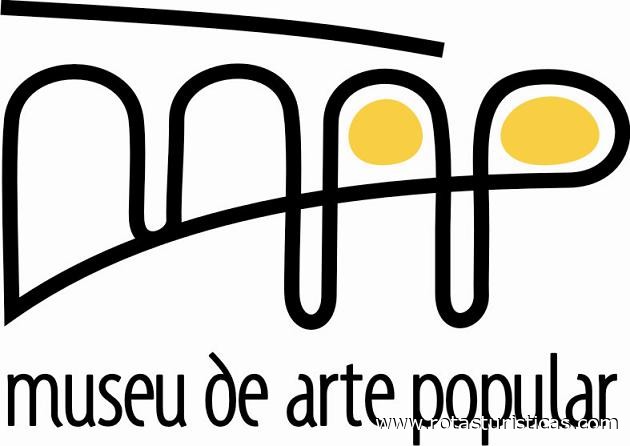 |
Mémorial Luiz Gonzaga |
| 3,5 Km |
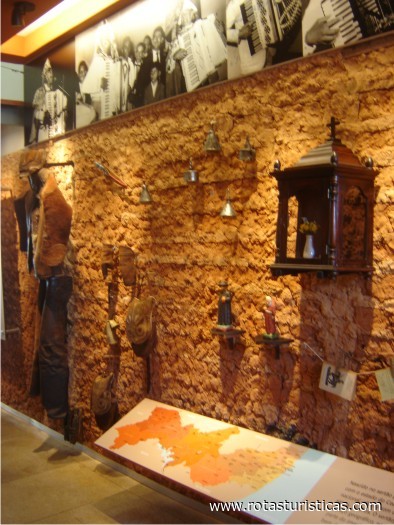 |
Chico Science Memorial |
| 3,5 Km |
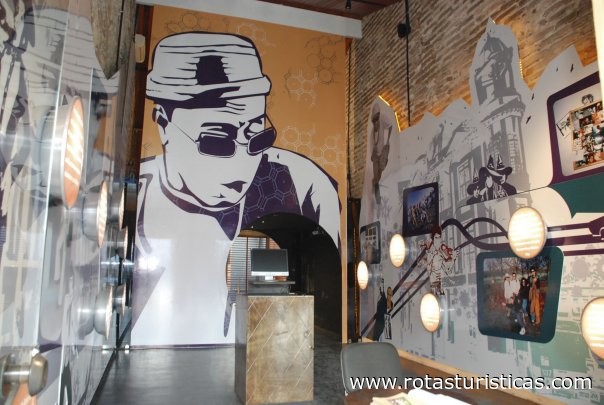 |
Musée de Homme du nord-est |
| 3,5 Km |
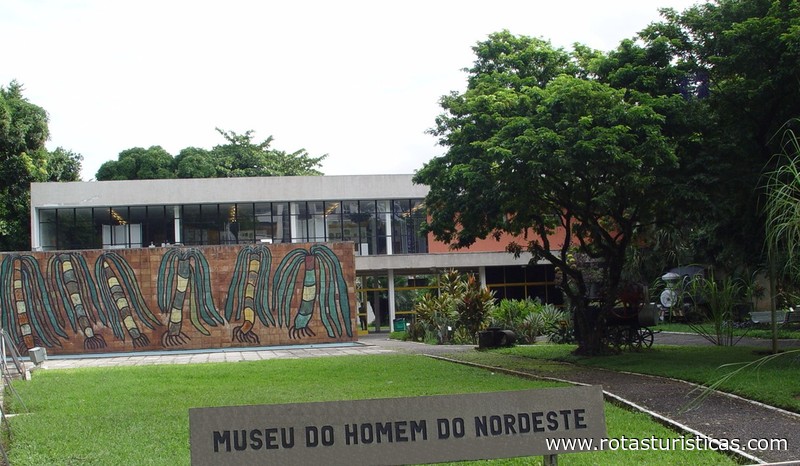 |
Musée franciscain d'art sacré |
| 3,6 Km |
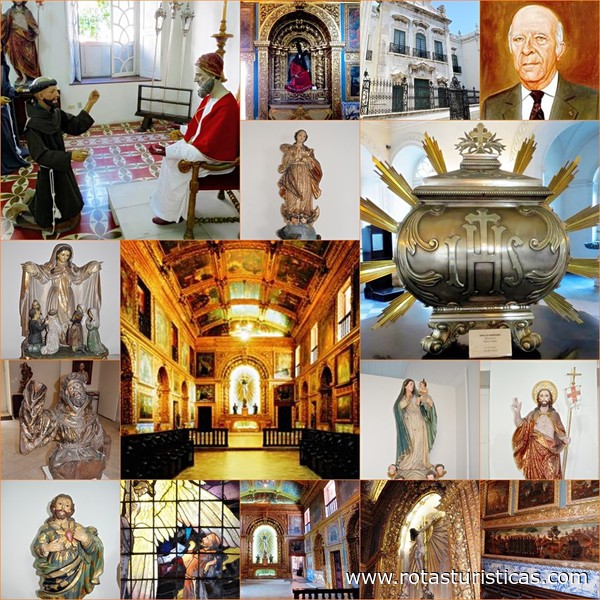 |
Maman dans la cour |
| 3,7 Km |
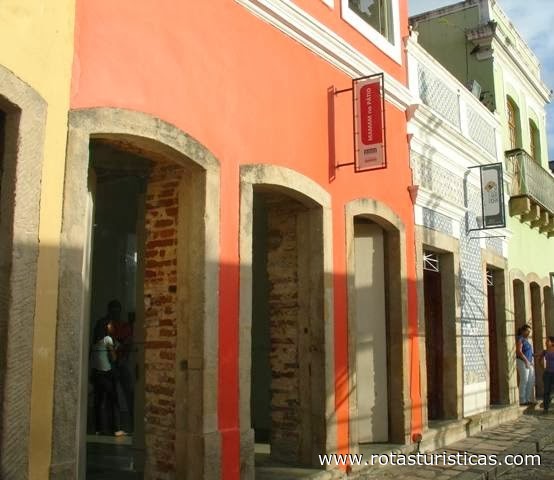 |
Centro histórico de Recife |
| 4,2 Km |
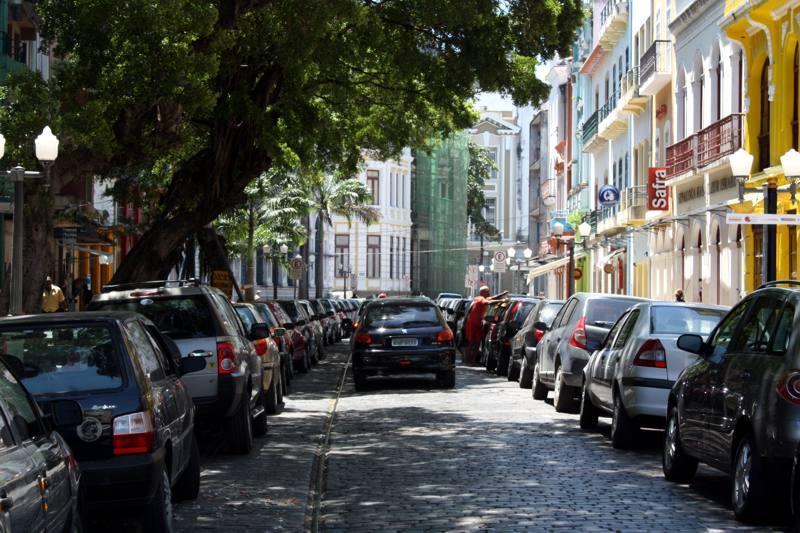 |
Rue de Bom Jesus (Recife) |
| 4,2 Km |
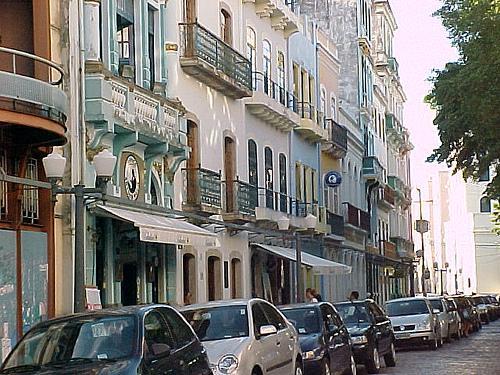 |
Centre Culturel Juif de Pernambouc |
| 4,2 Km |
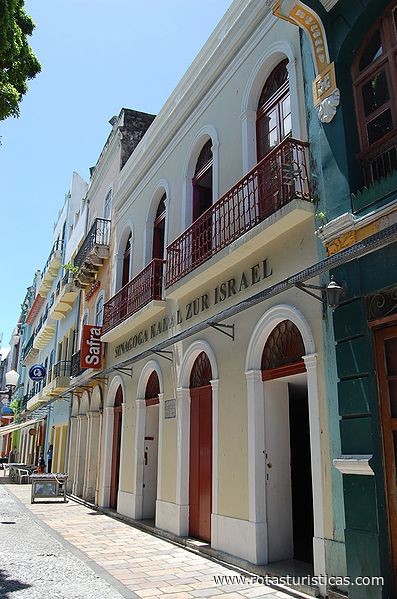 |
Musée militaire du fort de Brum |
| 4,2 Km |
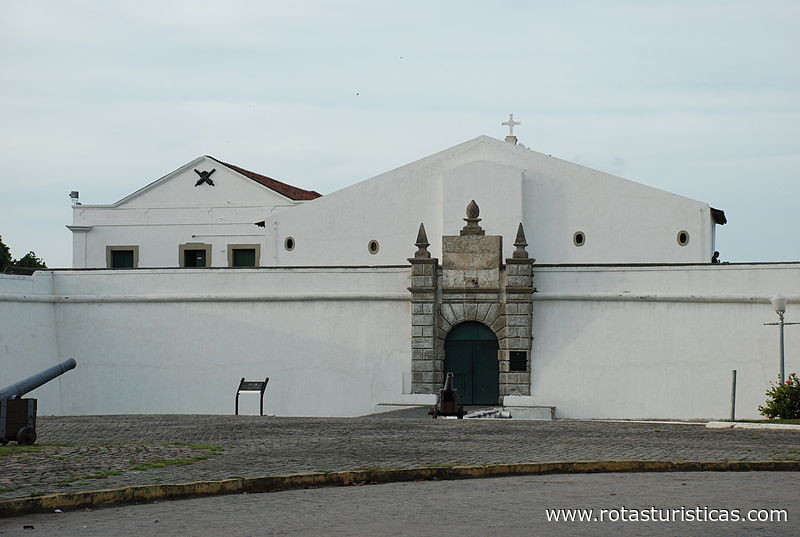 |
Tour Malakoff (Recife) |
| 4,2 Km |
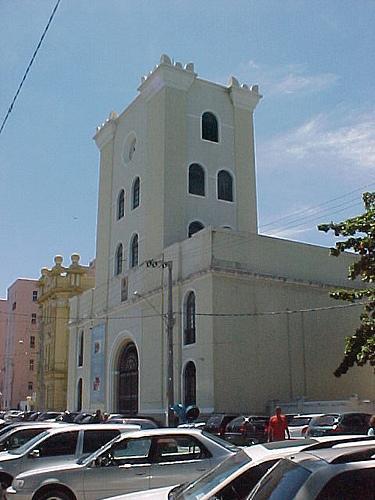 |
Mémorial de la justice |
| 4,3 Km |
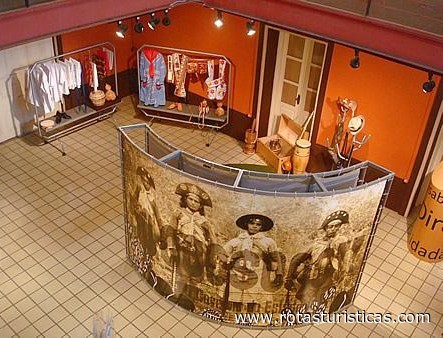 |
Cais do Sertão |
| 4,3 Km |
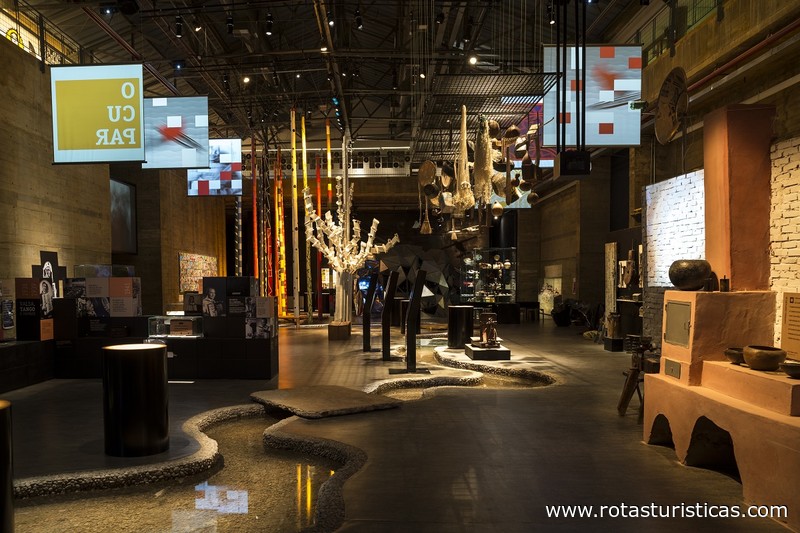 |
Institut Ricardo Brennand |
| 4,3 Km |
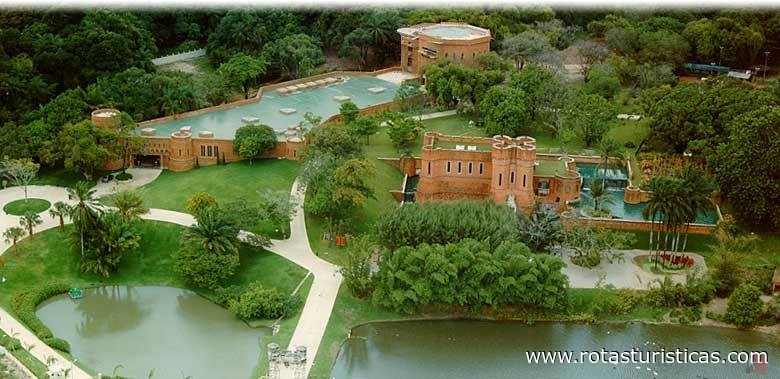 |
Mirabilandia |
| 4,7 Km |
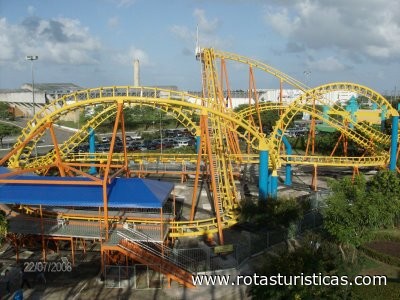 |
Praia da Boa Viagem |
| 4,9 Km |
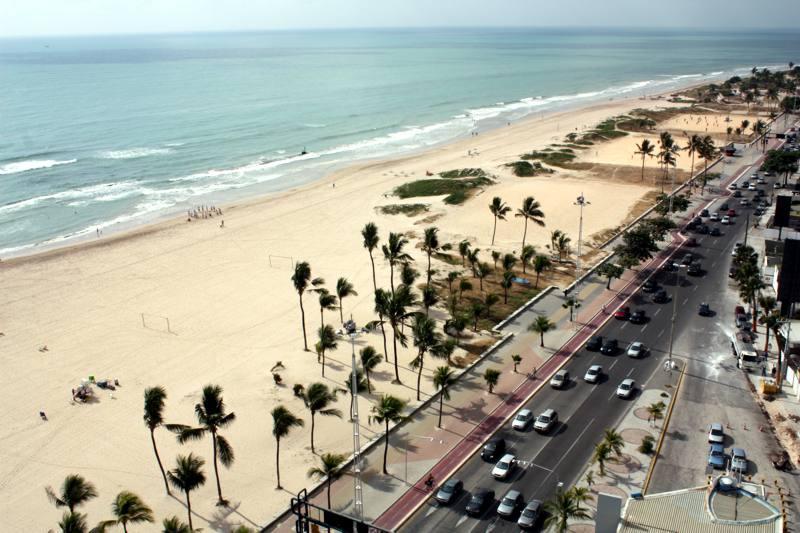 |
Recife - Informação Geral |
| 5,1 Km |
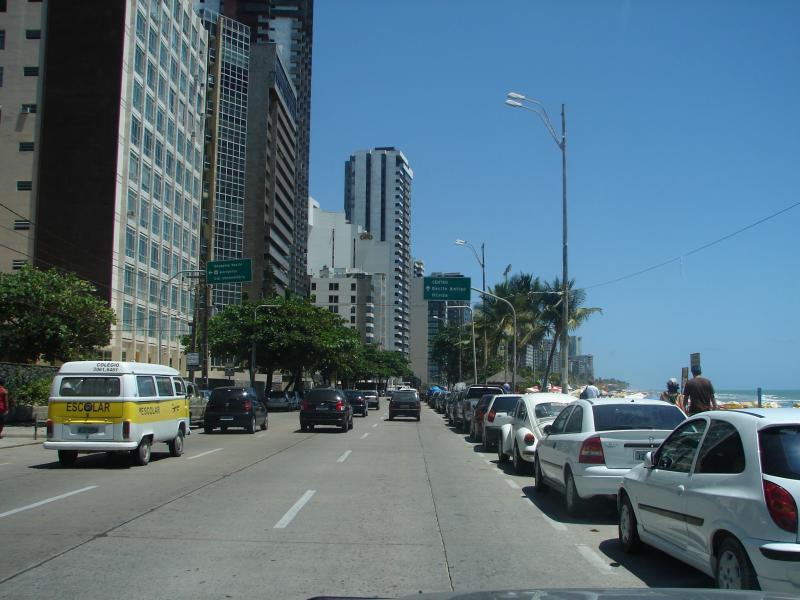 |
Espace scientifique Pernambouc |
| 5,2 Km |
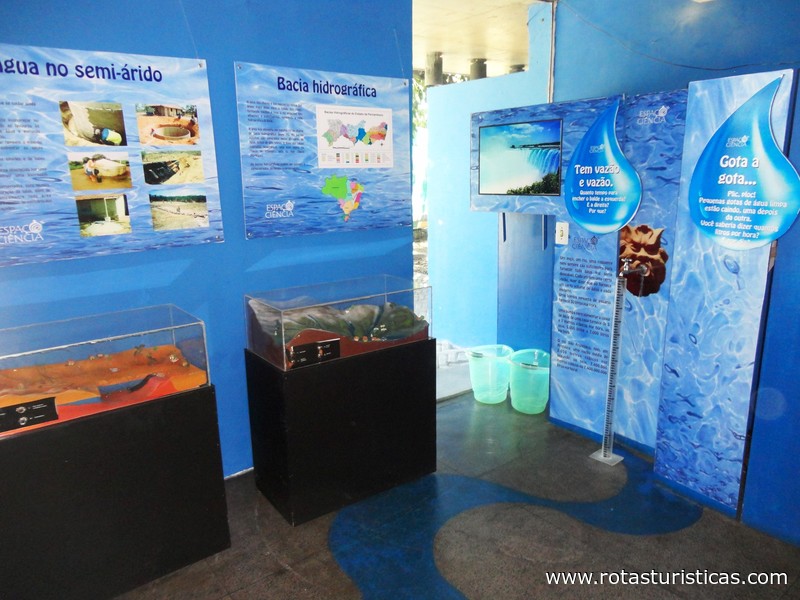 |
Fondation Gilberto Freyre |
| 5,2 Km |
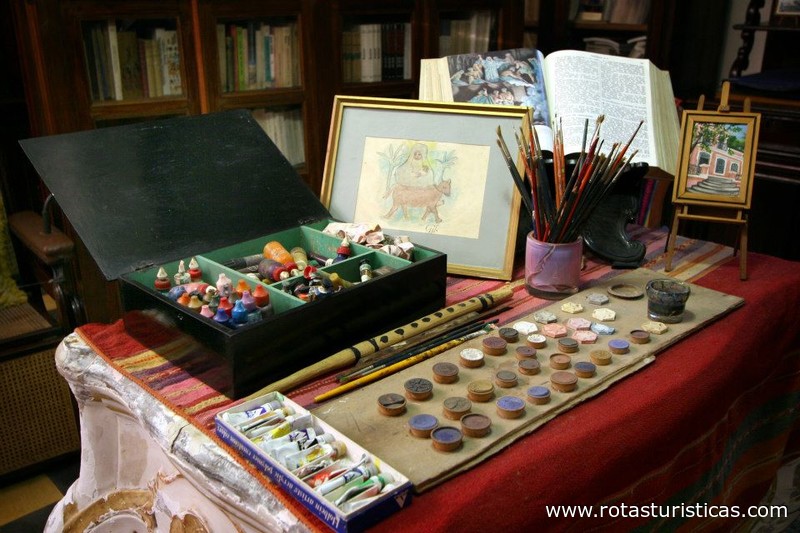 |
Plage de Boa Viagem (Recife) |
| 5,2 Km |
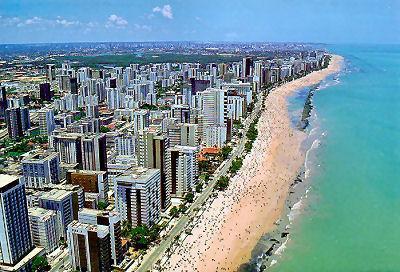 |
Atelier de Brennand (Recife) |
| 5,4 Km |
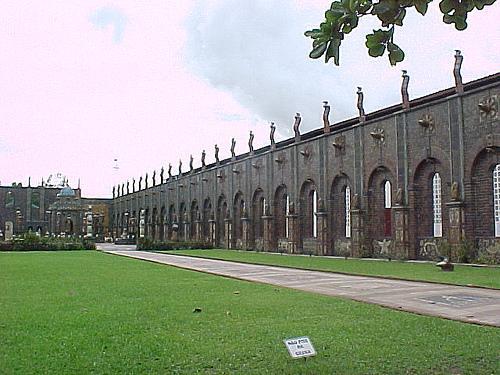 |
Institut Ricardo Brennand |
| 6,1 Km |
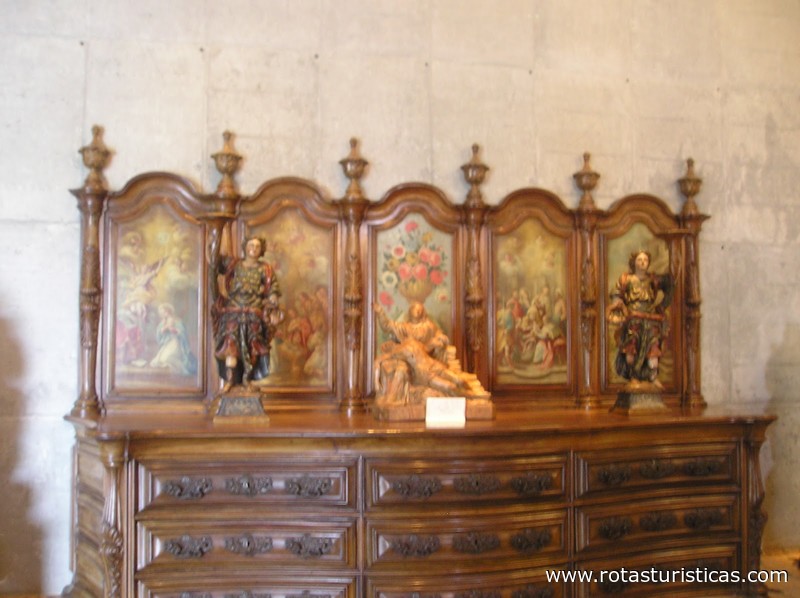 |
Praia de Olinda |
| 6,3 Km |
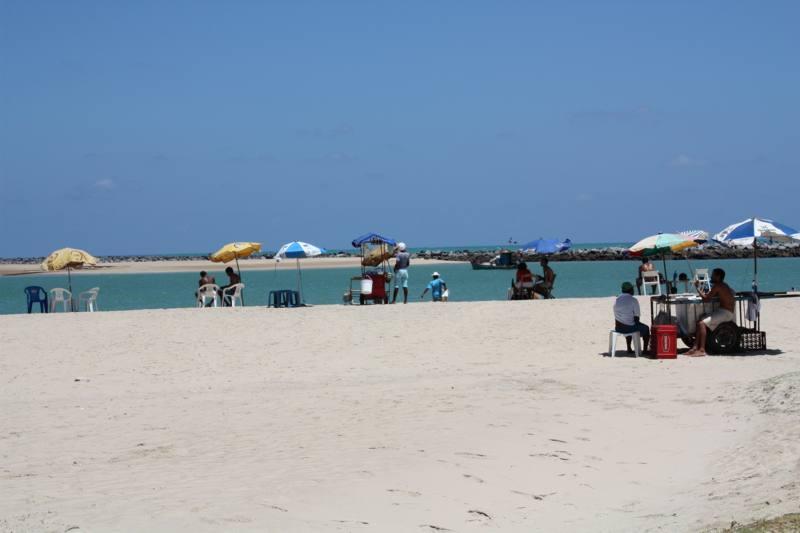 |
Musée d'Art Contemporain |
| 7,6 Km |
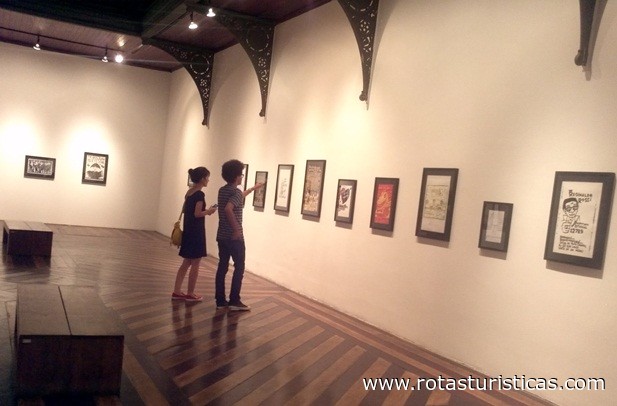 |
Musée d'art contemporain de Pernambouc |
| 7,6 Km |
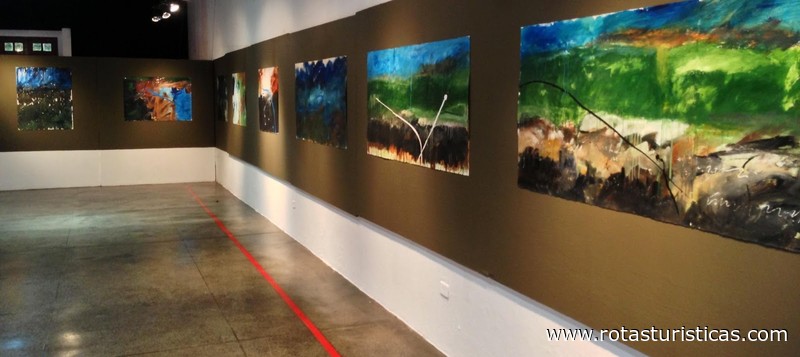 |
Musée Mamulengo |
| 7,7 Km |
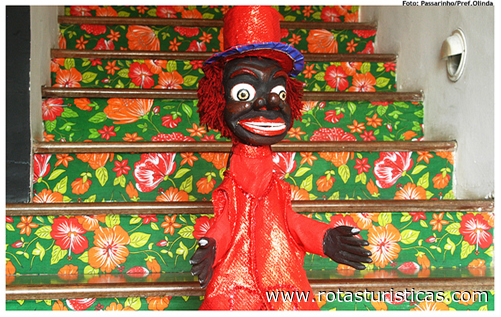 |
Musée régional d'Olinda |
| 7,9 Km |
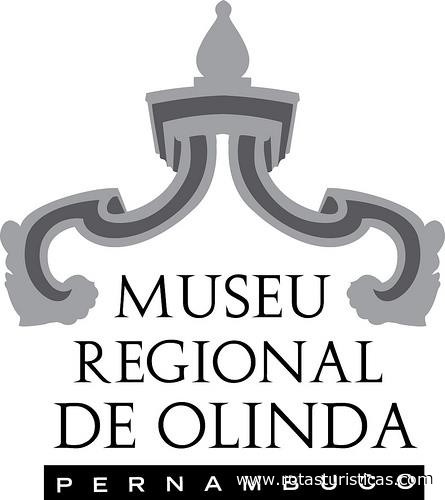 |
Rua do Amparo (Olinda) |
| 7,9 Km |
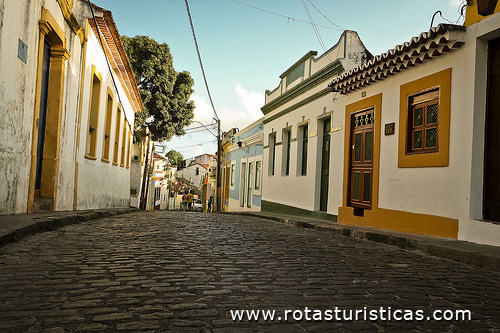 |
Couvent de San Francisco |
| 8,0 Km |
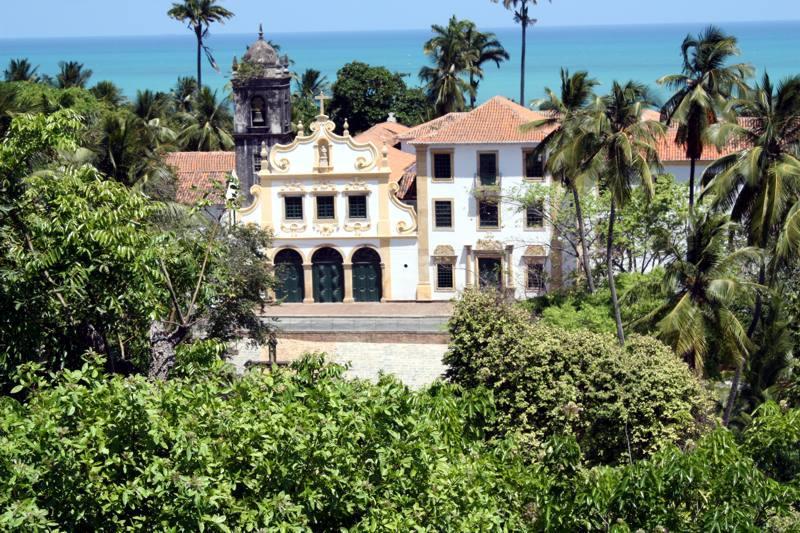 |
Ladeira da Misericórdia |
| 8,0 Km |
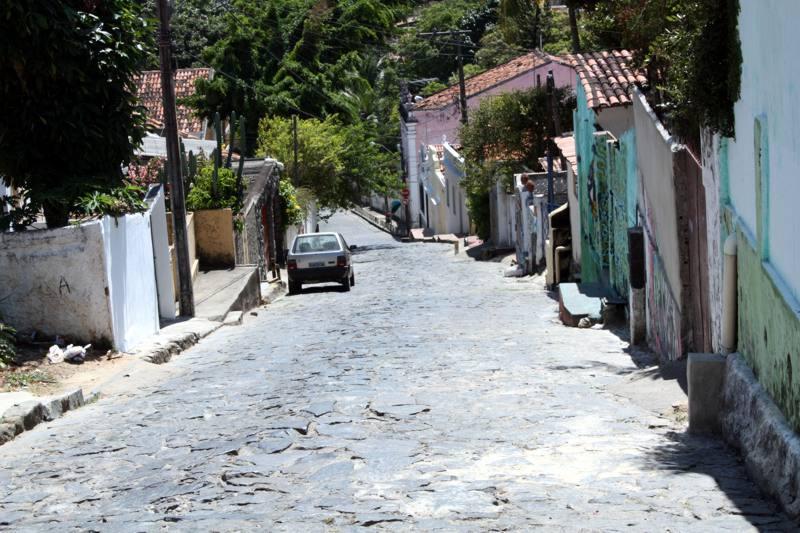 |
Musée d'Art Sacré |
| 8,1 Km |
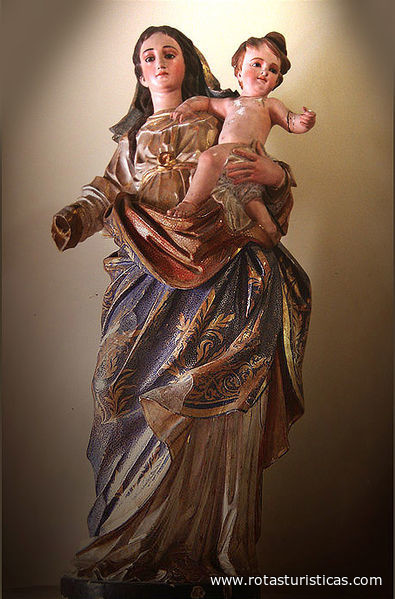 |
Eglise de San Francisco (Olinda) |
| 8,3 Km |
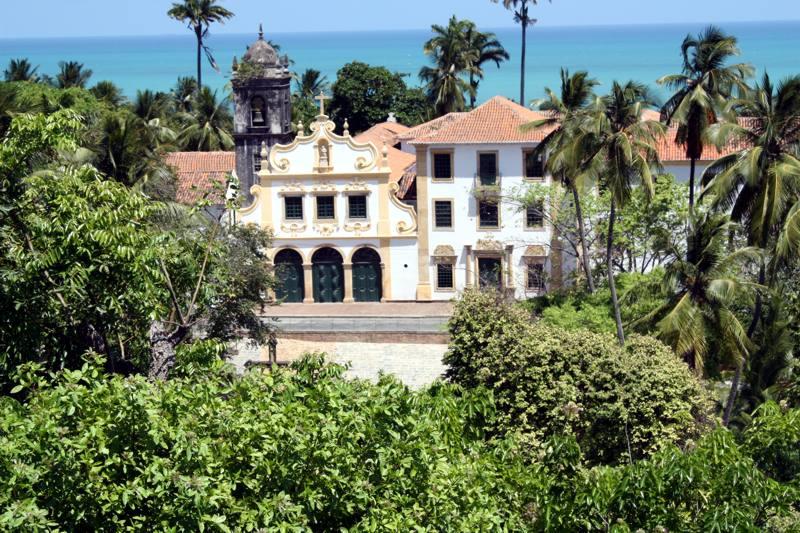 |
Musée, Viva Olinda !, Viva! |
| 8,4 Km |
 |
Parc Coqueiral - Pêche et Loisirs |
| 9,2 Km |
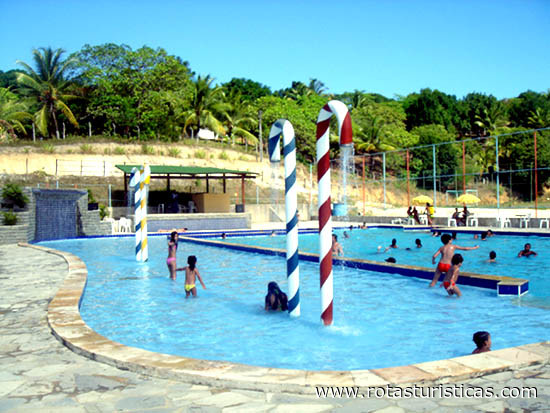 |
Musée de l'aéronautique |
| 10,4 Km |
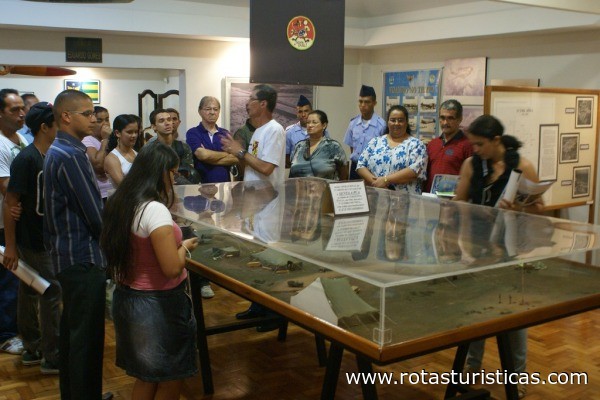 |
Olinda |
| 10,5 Km |
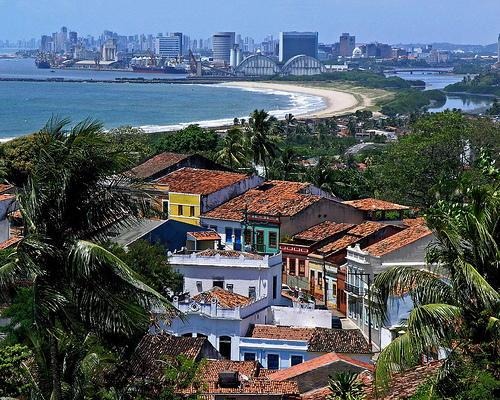 |
Musée des sciences spatiales |
| 10,5 Km |
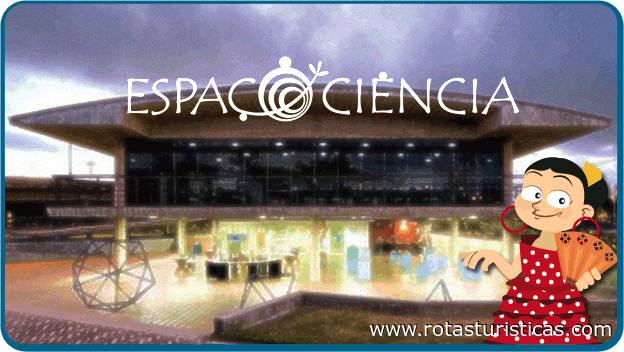 |
Hotel reservation near Abolition Museum within a radius of 20 km
Why to book with ROUTES TOURISTIQUES
The best prices
Our partnerships with the world´s largest operators offer research on the best market prices.
More options
At Rotas Turisticos you can book the hotel, buy the air ticket, book the transfer from the airport to the hotel and vice versa, book the local excursions, rent the car, take travel insurance and consult the places to visit and where to go.
Holiday Tips & Destinations
Hundreds of holiday destinations with all the options that allow you to easily choose the destination that best suits your dream vacation.
ROUTES TOURISTIQUES
Links


